Advice on support for flowering vines
doctorsteve
16 years ago
Related Stories
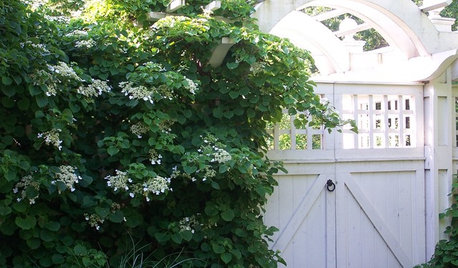
FALL GARDENING6 Deer-Resistant Flowering Vines to Plant This Fall
Have a major deer problem? Here are some of the only vines that have a chance of not being eaten
Full Story
FLOWERS5 Sensational Flowering Vines for Warm Climates
Splash your garden with bright tropical color from late summer through fall with these showy trailing and climbing beauties
Full Story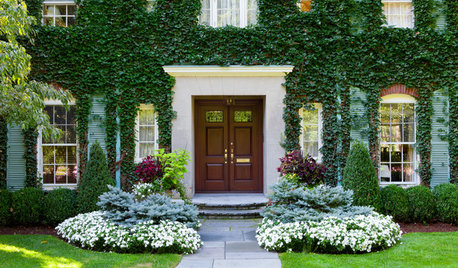
EXTERIORSCare and Training for a Vine-Covered Home
Love the look but don’t want the ruin? Learn how to have vine-draped walls without all the cracks and crumbling
Full Story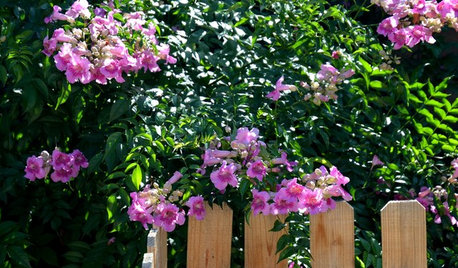
PINK FLOWERSGreat Design Plant: Pink Trumpet Vine Heralds Vibrant Color
Announce your landscape beautification efforts with this flowering vine that perks up hot, dry gardens
Full Story
GARDENING GUIDESGreat Design Plant: Lilac Vine for a Purple Profusion in Winter
Grow this pretty, hardy vine on a fence or as a ground cover for blooms throughout the colder months
Full Story
FARM YOUR YARDAdvice on Canyon Farming From L.A.'s Vegetable Whisperer
See how a screened garden house and raised beds help an edible garden in a Los Angeles canyon thrive
Full Story
DECORATING GUIDES10 Design Tips Learned From the Worst Advice Ever
If these Houzzers’ tales don’t bolster the courage of your design convictions, nothing will
Full Story
PLANTING IDEASGreat Garden Combo: Rose + Clematis for Small-Space Impact
We all need somebody to lean on. And when a rose supports a climbing vine, the results can totally transform a small garden
Full Story
LANDSCAPE DESIGNSee 5 Unexpected Ways to Use Vines
Vines can grow over slopes, trail off pergolas and add seasonal color to the garden
Full Story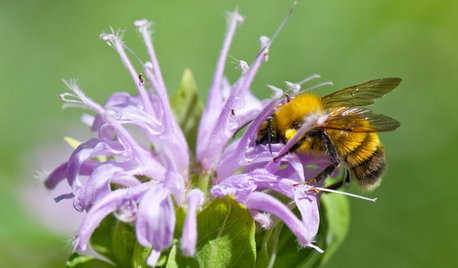
GARDENING GUIDESSupport Bumblebees by Providing Forage in 3 Seasons
Bumblebees are fascinating and fun to observe foraging in gardens. Find out how to create a buffet for these fuzzy, charismatic bees
Full StorySponsored
More Discussions


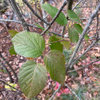

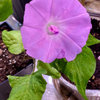
jenny_in_se_pa
doctorsteveOriginal Author
Related Professionals
Glendora Landscape Architects & Landscape Designers · Rancho Cordova Landscape Architects & Landscape Designers · Barrington Landscape Contractors · Bergenfield Landscape Contractors · Canton Landscape Contractors · Cincinnati Landscape Contractors · Darien Landscape Contractors · Elmhurst Landscape Contractors · Gainesville Landscape Contractors · La Verne Landscape Contractors · Nanuet Landscape Contractors · Oviedo Landscape Contractors · Pahrump Landscape Contractors · Tewksbury Landscape Contractors · Archdale Stone, Pavers & ConcretedoctorsteveOriginal Author
ARUM
herbivore
jenny_in_se_pa
julia
doctorsteveOriginal Author
davek913
lulu_me